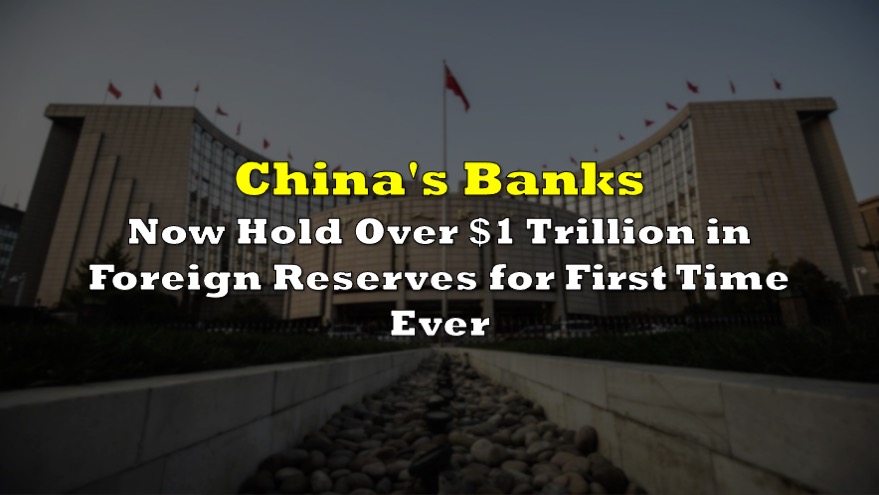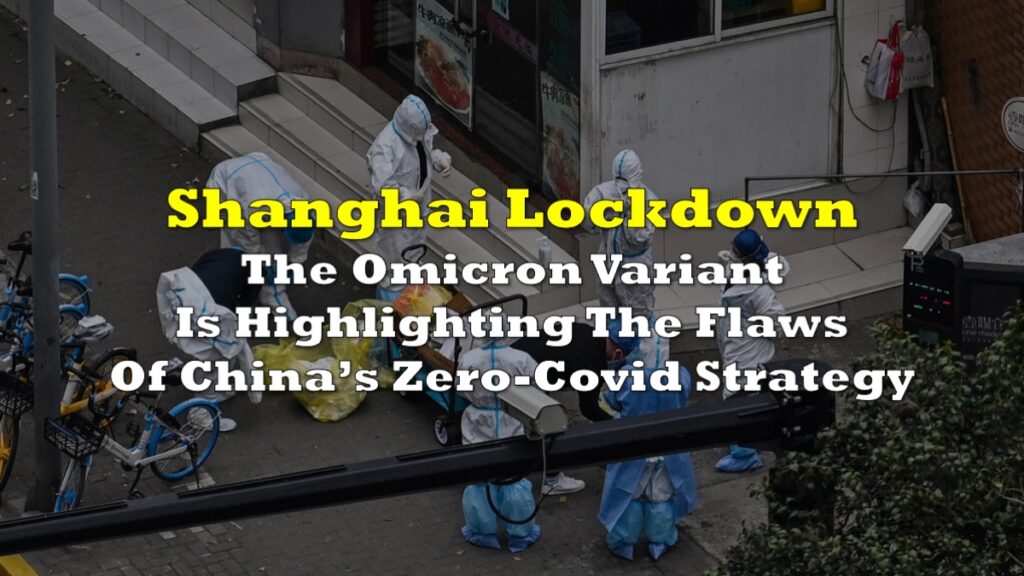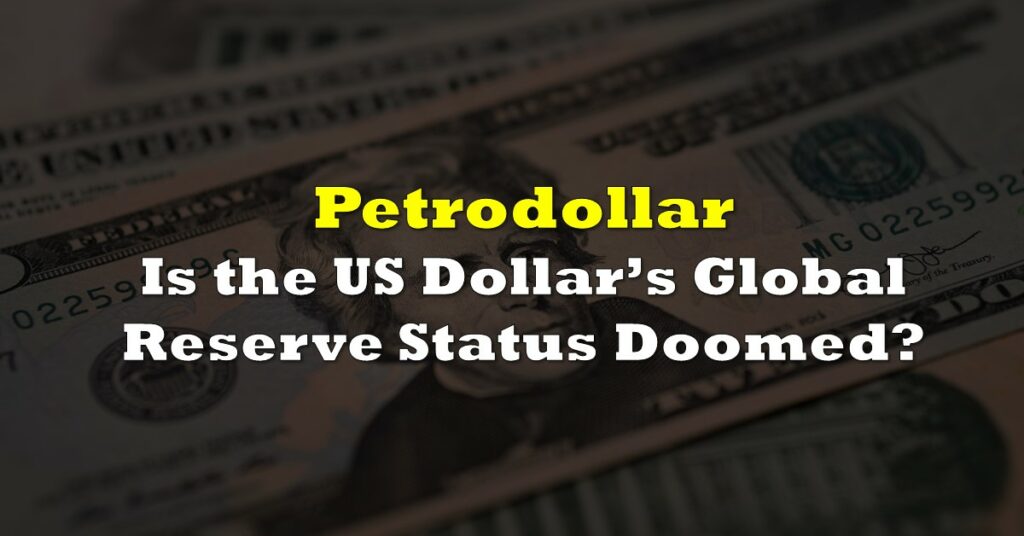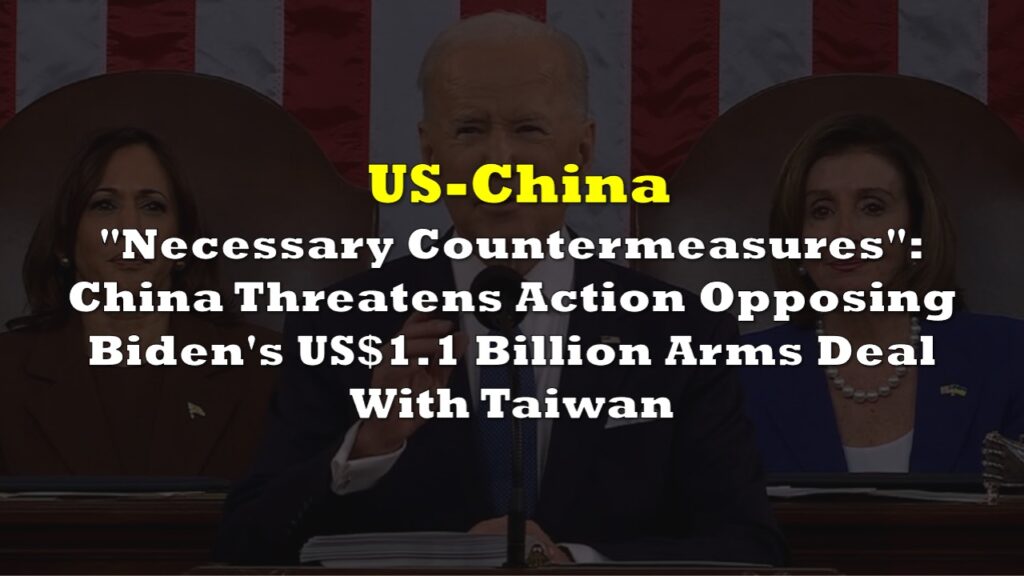China’s iron-ore imports are on track to reach unprecedented levels in 2025, even as the nation grapples with a prolonged property crisis that continues to suppress steel demand. Analysts and traders suggest that strategic stockpiling of inexpensive iron ore is driving the trend, underscoring China’s position as the world’s largest iron-ore consumer.
The imports are projected to rise between 10 million and 40 million metric tons, potentially reaching 1.27 billion tons in 2025. This would mark an increase from expected record volumes in 2024, according to a Reuters survey of seven analysts and two traders.
China’s increased imports are attributed to a surge in supply from leading producers such as Australia and Brazil. Mining companies are racing to sell their stock before the much-anticipated Simandou iron-ore project in Guinea begins operations later this year, introducing significant new supply into the global market.
China's 2025 iron-ore imports set to hit new high even as steel demand dwindles 🇨🇳https://t.co/HC6DCt8h7w $BHP $RIO $VALE pic.twitter.com/6a9xZ01IEL
— Oliver Groß (@minenergybiz) January 6, 2025
Key players like Rio Tinto (NYSE: RIO) and Fortescue Metals Group (ASX: FMG) in Australia are ramping up production. Analysts predict that Australian exports will grow by approximately 20 million tons in 2025, bolstered by projects such as Rio Tinto’s Western Range, Fortescue’s Iron Bridge, and Mineral Resources’ Onslow operations. Meanwhile, Brazilian mining giant Vale (NYSE: VALE) plans to maintain its production levels at around 325–335 million tons in 2025.
This influx of supply is expected to push iron-ore prices down to between $75 and $120 per ton in 2025, compared to $88 to $144 per ton in 2024, according to Steelhome, a leading industry consultancy.
“Our base case assumes a moderate surplus in 2025 and prices holding up around $95–100 per ton,” said Myles Allsop, UBS’ head of EMEA mining. “We see the surplus getting larger in 2026/27, driving prices deeper into the cost curve.”
Despite robust import volumes, China’s steel sector continues to struggle. Steel demand is forecast to decline by 1.5% in 2025, following a 4.4% drop in 2024, according to the China Metallurgical Industry Planning and Research Institute. Crude steel output has already fallen by 2.7% year-on-year in the first 11 months of 2024, reflecting broader economic challenges.
The ongoing downturn in the property market is a significant contributor to weakened steel demand. Real estate, which consumes over 40% of China’s steel production, remains under pressure despite government efforts to stabilize the sector. While Beijing has introduced economic stimulus measures, their impact has been more pronounced in second-tier industries such as automotive and white goods manufacturing, rather than the real estate industry.
“Positive as this is, it won’t be enough to counteract the effect of restructuring in the real estate sector,” said Tomas Gutierrez, head of data at Kallanish Commodities.
China is also pursuing structural changes in its steel industry, aiming to reduce reliance on traditional blast furnaces, which primarily use iron ore. The government plans to increase the share of steel output from electric arc furnaces, which rely on scrap materials, to 15% by 2025. If successful, this shift could dampen iron-ore import growth in the coming years.
Additionally, a potential depreciation of the yuan could make imports more expensive, creating further uncertainty for traders and policymakers.
Chinese traders and suppliers remain optimistic about long-term demand for iron ore, reflected in the rapid growth of port stockpiles. As of late December 2024, iron-ore inventories at Chinese ports surged 28.3% year-on-year to 146.85 million tons. Analysts project stockpiles could reach 170 million tons in 2025, representing a significant buffer for the nation’s steel industry.
Information for this story was found via Mining Weekly and the sources and companies mentioned. The author has no securities or affiliations related to the organizations discussed. Not a recommendation to buy or sell. Always do additional research and consult a professional before purchasing a security. The author holds no licenses.









